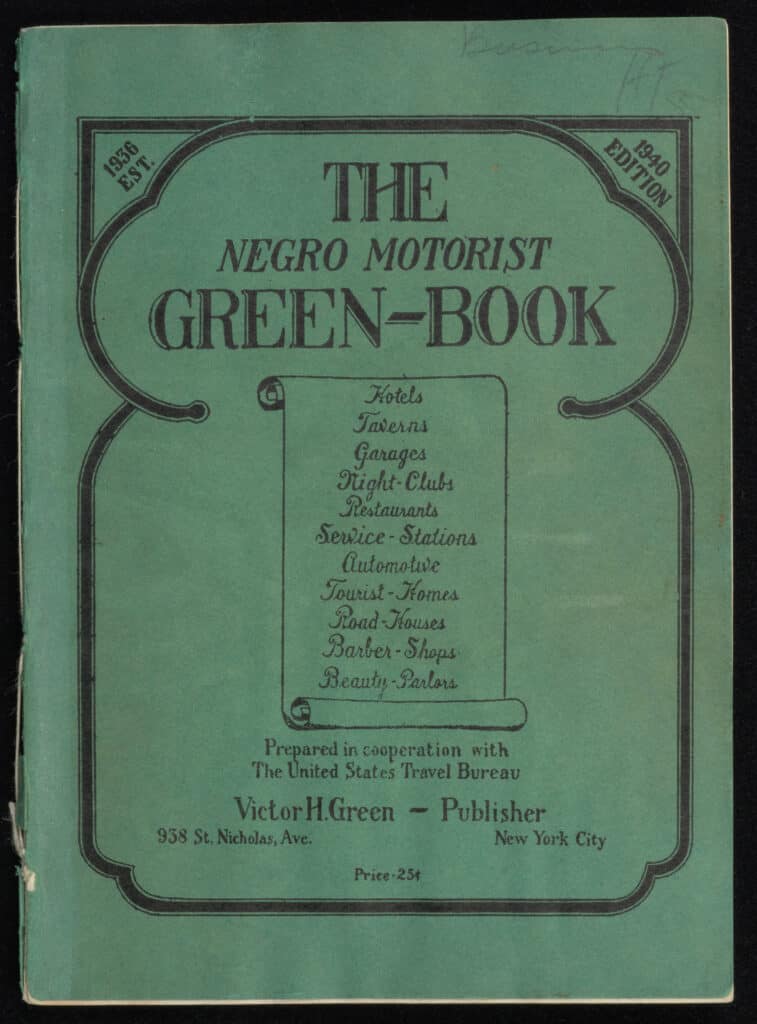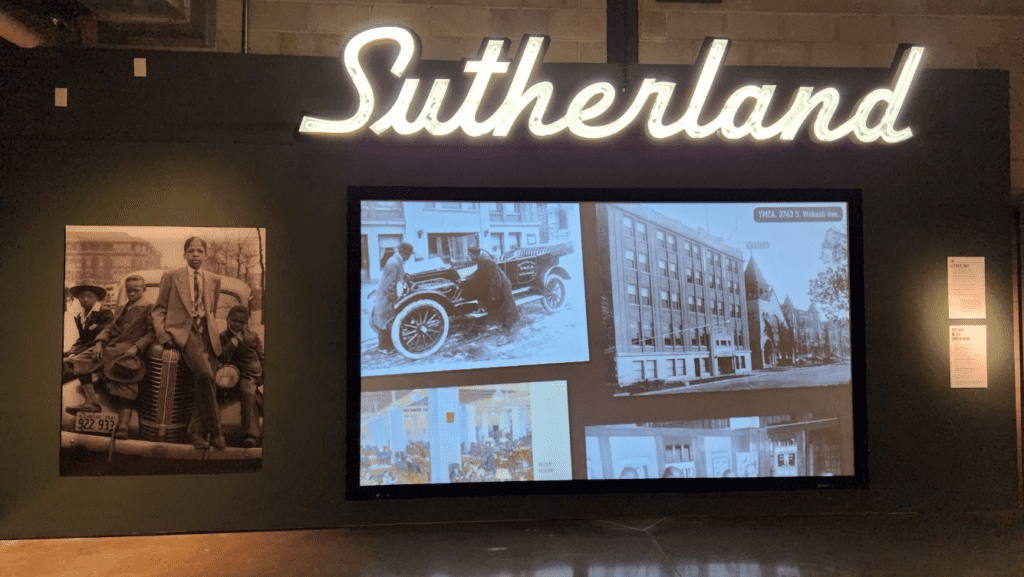
We're travelers. You all know that. What you may not know is that we do most of our traveling via automobile and that love comes from childhood. Little did I know that traveling by car was out of necessity rather than joy for my grandparents and my parents, but I'm doing my best to translate road trips into Black Joy for my children and whatever future travelers they may bring into this world.
Learning our history through road-tripping was an experience that I had when attending 'The Negro Motorist Green Book' exhibition at the Illinois Holocaust Museum in Skokie. Through the exhibit and the following panel dots were connected and things were understood as to why my grandparents and parents act a certain way on the road.
If you're wondering why this exhibition found a place at the Illinois Holocaust Museum, it's because the creator of the Negro Motorist Green Book Victor

The Negro Motorist Green Book
The Negro Motorist Green Book, an exhibition developed by the Smithsonian Institution Traveling Exhibition Service in collaboration with award-winning author, photographer, and cultural documentarian Candacy Taylor, has arrived at the Illinois Holocaust Museum & Education Center, just in time for Black History Month.
The exhibition opened on January 29 and runs through April 23, 2023

"The Green Book," first published by Victor H Green in 1936 under the title "The Negro Motorist Green Book," was created for the growing African American middle class. who had the desire and financial means to travel the country, but were restricted from many of the resources and accommodations necessary. Social and legal constraints, including unwelcoming hotels, restaurants, and gas stations along with Jim Crow-era laws and sundown towns - communities where African Americans were legally barred from spending the night - were very prevalent in many places across America. Or as Yoruba Richen says white terrorism.
The book provided Black customers with a guide to hotels, restaurants, gas stations, and cultural attractions that would accept their business. Often. these resources were themselves Black-owned and operated.
In Chicago, "The Green Book" mostly directed travelers to listings located in the South Side community of Bronzeville. Of the over 180 businesses listed in Chicago, nearly 80% were in the Bronzeville District, an area that was considered a mecca for Black manufacturing, hair care, publishing, and banking industries.

Our evening also included this powerhouse panel of women talking about the state of Black travel and why it is still important to tell our stories. Laura Washington moderated the panel which included documentary filmmaker Yoruba Richen, columnist Natalie Moore, and professor kihana miraya ross.
About the exhibition
"The Negro Motorist Green Book" offers viewers an opportunity to travel back in time through the perspective of the traveler, with an immersive and participatory exhibit. Viewers will experience the reality of travel for African Americans in mid-century America and how the annual guide served as an indispensable resource for the nation's rising African American middle class.

The exhibition, through artifacts, historic footage, and firsthand accounts, expresses not only the apprehension felt by African American travelers, but also the resilience, innovation, and elegance of people choosing to live a full American existence.
"This exhibition tells a story of resilience during the Jim Crow era when Black travelers faced often insurmountable discrimination. 'The Green Book' offered critical, life-saving information and sanctuary," said Senior VP of Education & Exhibitions Kelley Szany. "Moreover, this is an inspirational story of communities, like Bronzeville, who took agency over their neighborhood, a story of growth in Black-owned businesses and the rising of the middle class."
Details about the exhibition, programs, and local stories are available at https://ihm.ec/greenbook.

